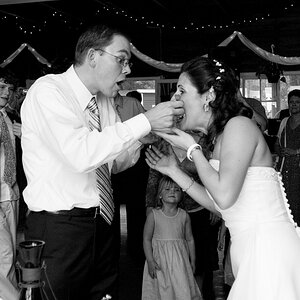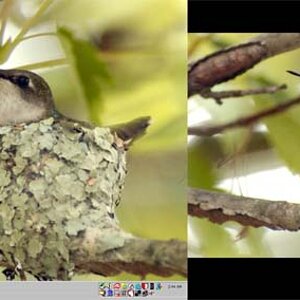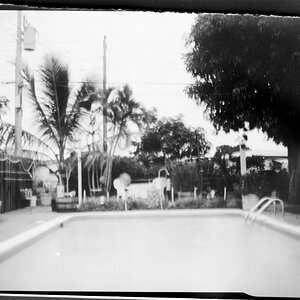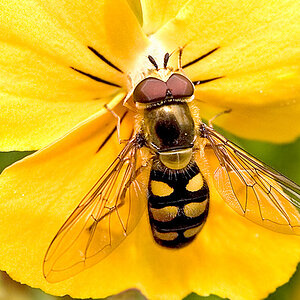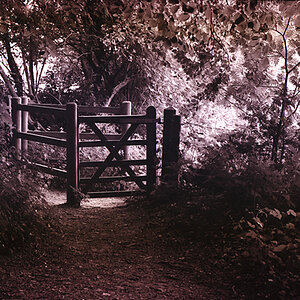Distracto
TPF Noob!
- Joined
- Apr 20, 2015
- Messages
- 7
- Reaction score
- 0
- Can others edit my Photos
- Photos NOT OK to edit
So basically i just bought my new canon 700D and have an 18-55mm lens. i am looking for a telephoto lens and came across these two lenses. The EF-s55-250mm costs around 200 Euros from Ebay while the 70-300mm Ef lens costs around 280 Euros.
My main concern about these two lenses is the F/ aperture value. They both have the same large f value of f/4 but how do i know until how much i can increase the f value(which means if i can go up to lets say f32)
Also which one would you recommend and why?(im also open to any other suggestion in lenses.)
Thanks !
My main concern about these two lenses is the F/ aperture value. They both have the same large f value of f/4 but how do i know until how much i can increase the f value(which means if i can go up to lets say f32)
Also which one would you recommend and why?(im also open to any other suggestion in lenses.)
Thanks !


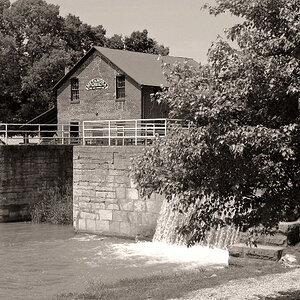
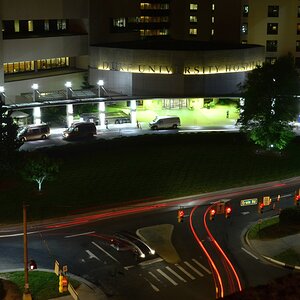
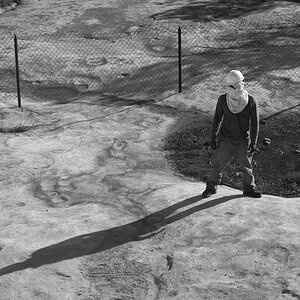
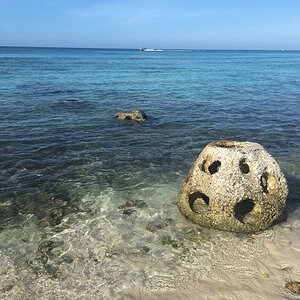
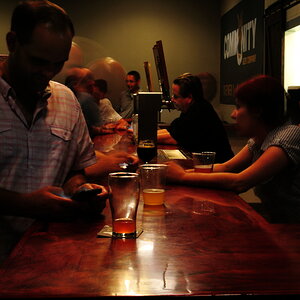
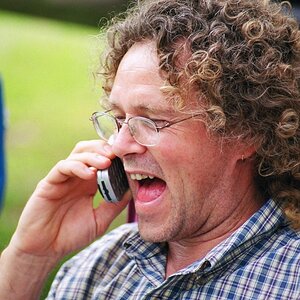
![[No title]](/data/xfmg/thumbnail/35/35877-b537a0bce18fcb18b610d787610f3d3d.jpg?1619737203)
